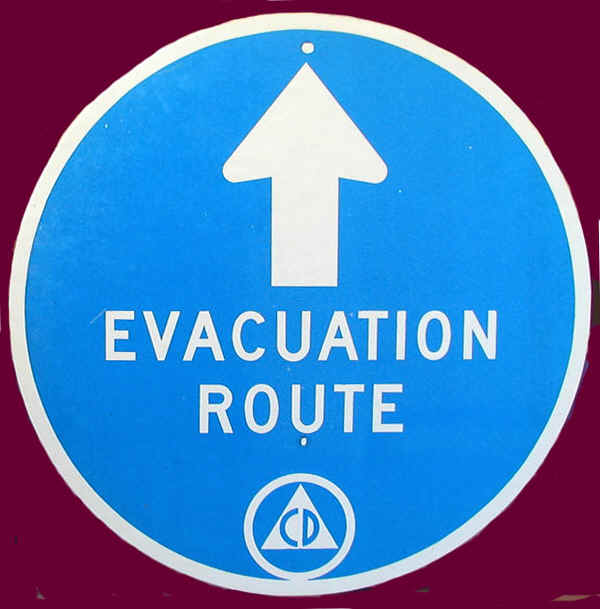A recent story about inadequacy of Japanese evacuation plans for nuclear disasters reminded me of a related episode in my own life. Back in the mid 1970s, the U.S. government told state governments that they had to have evacuations plans for their major cities in case of nuclear attack. The states were told that if they did not comply with the federal demand they might lose federal money for some state programs. I was working with some non-profits at the time and got referred to Computer Professionals for Social Responsibility that was involved with the evacuation issue. They needed someone to review an evacuation plan that had been drafted for the greater Seattle area and determine if it was feasible. I volunteered for the project.
The draft plan called for Seattle residents to evacuate to the north, east and south. Once out of the greater Seattle area, the evacuees were to be housed by the smaller outlying communities in schools and other facilities. The evacuation was to be accomplished in three days.
I did some research and found a critique of an evacuation plan for Denver, Colorado. There are some similarities with the Seattle area in that there were only a few major corridors in and out of Denver. The conclusion of the review was that the evacuation plan was far too optimistic. When they ran the numbers for traffic problems caused by high levels of traffic, they found that a conservative estimate of accidents and traffic jams suggested that it might take as much as three weeks to totally evacuate the city. With peak traffic starting from the call for evacuation and continuing for days, every major corridor out of Denver would be blocked within hours by accidents, stalls, cars running out of gas, etc. These blockages would be difficult if not impossible to remove because access by emergency vehicles would be severely limited.
Applying the same logic to the draft evacuation plan for Seattle yielded the same results. The major corridors would wind up being blocked for days. This would mean that any nuclear attack on the Seattle area would find many citizens exposed on the roads as they tried to flee. Fortunately for the state, the governor at the time refused to draft the evacuation plans requested by the federal government because they would be a sheer fantasy. While an impossible evacuation plan might have comforted some low-information citizens, I think it is much better for the citizens of U.S. cities to understand that in case of a nuclear strike, there would not be much if anything that could be done to save lives in major cities.
Some idiot in the Reagan administration advised people to dig a hole in the yard and cover it with a door for a temporary quick shelter. It was unclear whether they were supposed to have done this before an attack or while the attack was in progress. It was part of the belligerence of Reagan when he called the Soviet Union the "evil empire." His administration was trying to suggest that a nuclear war could be won if we had enough shovels.
After the end of the Cold War, it was hoped that the nuclear nations would disarm and end the nightmare of nuclear war. Things did seem to improve for awhile, but now we are in a conflict with Russia that could escalate. The danger of nuclear war is back and there are not enough shovels.
